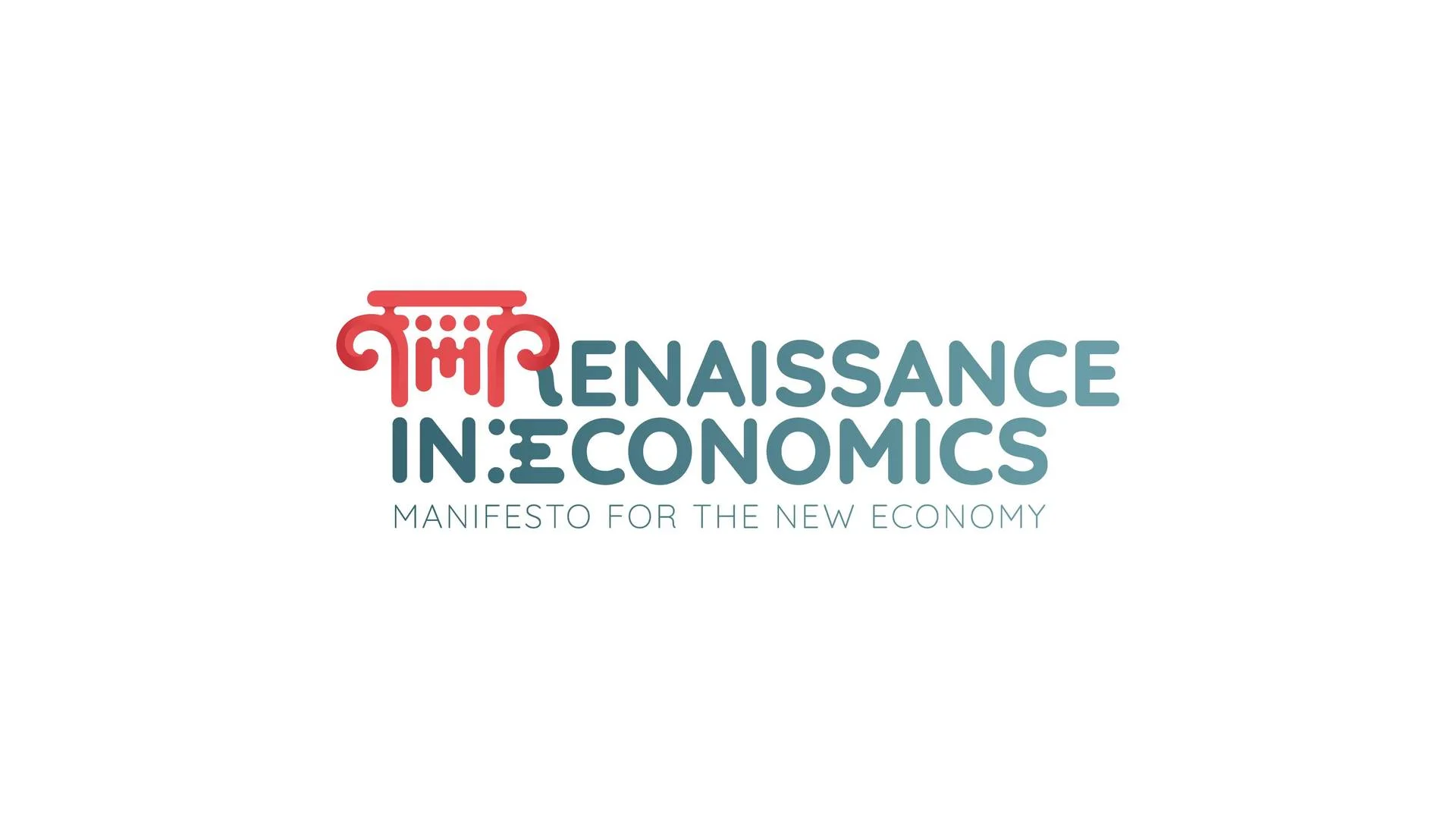
Improving Feedback
Top tips for audio feedback
Read a summary using the INOMICS AI tool
Good feedback helps students to understand the scale of any weaknesses in their understanding. To be effective, it will also be timely, encourage students and provide useful tips for how to improve in the future.
Recent research has suggested that feedback is more effective if we stop seeing it as an event that students receive, but rather as a conversation enabling students to gain a deeper understanding of the material. Effective feedback should be timely, encourage students, and provide useful tips for how to improve. Audio feedback - whereby the instructor records a clip for the student to listen to - is an easy-to-implement alternative to written feedback that acts as the beginning of this conversation.
Audio feedback may have better engagement from students and be easier to provide in a timely manner. Compared with written feedback, it can be more interesting and unique as students feel the person marking their work is talking to them. As students perceive verbal feedback as more personal than written feedback, they respond more positively since it feels closer to a dialogue.
This short guide can help you get started with providing audio feedback.
How can I provide audio feedback?
Most virtual learning environments (including Blackboard, Moodle, Canvas) and marking platforms (such as Turnitin) have the functionality to record audio feedback. This allows users to record directly on the platform, making it significantly easier and quicker.
The audio feedback is then directly linked to the corresponding submission, so there is nothing more you need to do.
If you don’t have access to a marking platform that allows audio feedback, or you want the opportunity to edit or add a transcript, you can record locally on a desktop/laptop or even a smartphone. Then, you can use an app to manage and send your feedback.
There are many free apps and software packages available to record audio feedback that, in many cases, also allow you to edit the recordings. However, it should be noted that the sound quality might be affected by the microphone or the software used.
If you are manually recording the audio feedback for a large course, make sure you carefully name the files, so that you can easily link the feedback to the correct student!
Useful tips
Providing an appropriate amount of feedback is important; too much or too little can make the feedback less useful for students. One way to ensure that you offer an appropriate amount is to set an average recording time.
It is usually a good idea to avoid providing very long feedback, to prevent the student’s attention from drifting, and to ensure that the feedback is concise. In fact, many learning platforms have a maximum recording time of 3 to 5 minutes. An audio recording of between 40 seconds and 2 minutes should be adequate for a piece of student work.
Before you start, you might need to do a few practice runs. This will help you ensure that you do not exceed the maximum recording duration, understand the amount of content that can be covered within the available time, and ensure the recording is audible.
Decide on a specific structure for giving feedback to students. It is always nice to start in a friendly way, such as addressing the student by name. Some instructors find it easier to provide holistic feedback by connecting comments to the marking criteria, while others prefer to address the work by section.
Use the structure that is most appropriate, but remember to include suggestions on how to improve for future work, as this tends to be very important to students.
One of the reasons that students prefer audio feedback is that it can convey nuance through tone of voice, which may not be captured by written feedback. It is often helpful to keep notes as you are reading an assignment. The notes do not need to be detailed, as they should be used as guidelines to make sure that you focus on the key areas for improvement.
With audio feedback, students are often forgiving of minor issues, such as grammatical errors or stumbling over words. Such mistakes are common in spoken language. You should not feel that you need to delete or redo the feedback so long as any verbal mistakes do not affect its quality. That being said, if you are not happy with the recording, it is often quicker to redo it than to edit it.
Do not forget to inform students that you have provided audio feedback, show them how to access it, and explain what to do in case they face technical issues. If you don’t let students know about the feedback, they might not notice there is an audio file. Or, they may think that their assignment has not been marked or that they didn’t receive feedback.
Audio feedback can be inclusive as it supports students with different learning styles who might prefer to listen rather than read. Recent research has shown a strong link between the type of feedback students prefer and their perceived learning style. Nonetheless, there might be students who strongly prefer written feedback.
To help these students, and to make audio feedback more accessible for students with disabilities (or to overcome significant language barriers for non-native speakers) you may wish to provide transcripts. Some recording apps offer direct AI or human transcription of your recordings. Windows 10 offers a fully integrated voice recognition function, but there are also websites such as Veed or 360 Converter that are very accurate and easy to use.
Written and oral feedback might be used as complements. You might want to use one to give generic comments, and the other to focus on specifics. For example, written feedback can be in the form of an evaluation rubric with a Likert scale that captures performance in a range of criteria, while audio feedback can focus on particular weaknesses, or vice versa.
Key things to avoid
Make sure the assignment is appropriate for this type of feedback. For example, when marking mathematical problems, it may be easier to identify where there are errors by directly writing on the students’ work. This may be more difficult to express verbally.
Another aspect that should be considered is the length of the assignment. A long piece of academic work, such as a dissertation, might not be ideal for audio feedback. In this case, audio feedback might not be sufficiently detailed to cover the key elements, or the recording would be overly long if it did so.
Technical issues may arise when creating a recording and/or accessing it. Some web browsers might not allow you to use the audio feedback function or might not have created an audio file after the recording has finished. This is very simple to check, and using a different browser (such as Firefox or Chrome) can easily correct the issue. If problems persist, you might need to check the browser’s privacy settings for your microphone. Students might experience similar issues accessing or listening to the recording – again, this is likely to be related to the web browser.
To find out more about audio feedback, see the Assessment and Feedback Handbook produced by The Economics Network.
This article was produced in cooperation with the Economics Network, the largest and longest-established academic organisation devoted to improving the teaching and learning of economics in higher education. Learn more about the Economics Network here.
-
- Postdoc Job
- Posted 6 days ago
Postdoctoral Researcher in Empirical Microeconomics (m/f/d)
At Düsseldorf Institute for Competition Economics (DICE) - University of Düsseldorf in Düsseldorf, Germania
-
- Conferenza
- Posted 2 weeks ago
MIRDEC 26th MADRID 2026 Conference
Between 28 May and 29 May in Madrid, Spagna
-
- Workshop, Conference
- Posted 1 week ago
Call for Papers: 3° International Conference Renaissance in Economics 2026
Between 14 May and 15 May in Rome, Italia













